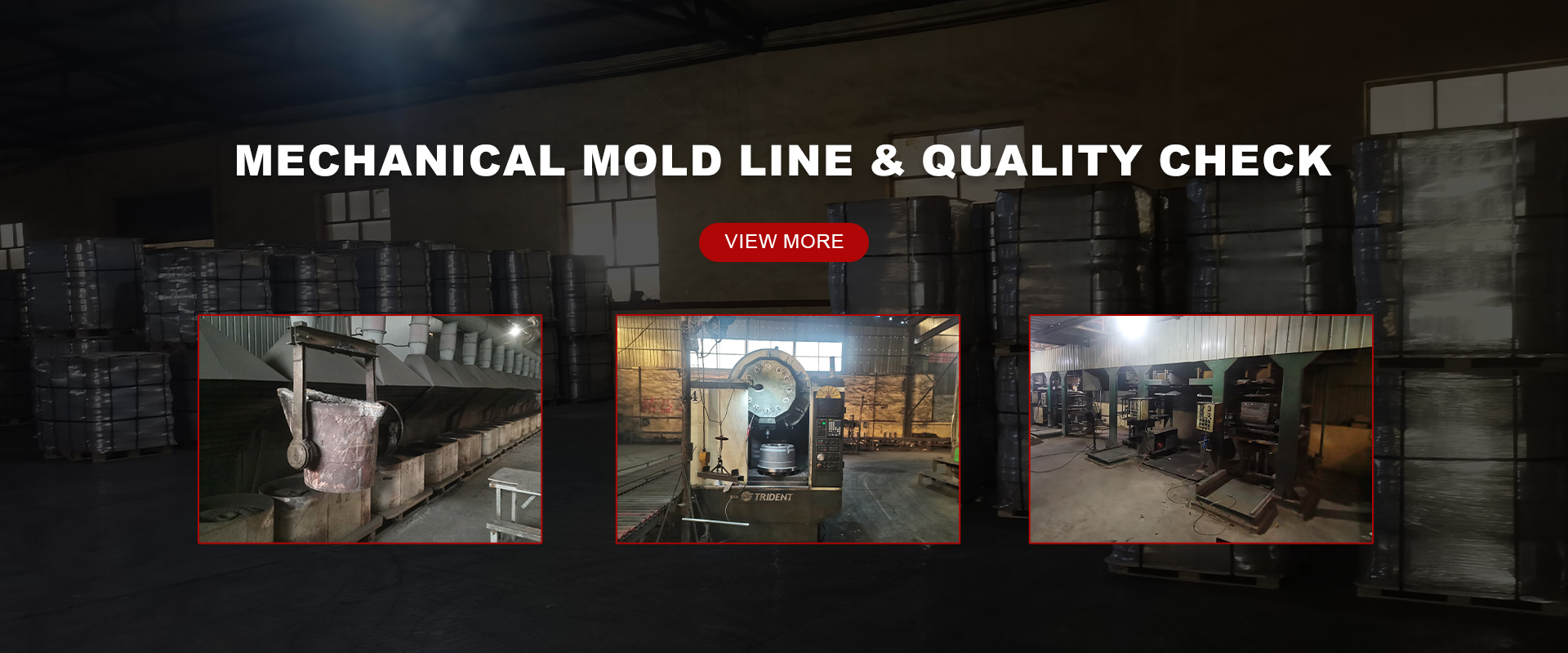Aug . 15, 2024 08:34 Back to list
Understanding ATV Brake Drums and Their Importance for Safe Off-Road Riding Experience
Understanding ATV Brake Drums Importance and Maintenance
All-Terrain Vehicles (ATVs) are designed to handle a variety of rugged terrains, making them immensely popular for outdoor enthusiasts and adventurous riders. One critical component of ATVs that ensures safety and performance is the braking system, particularly the brake drums. Understanding the function, importance, and maintenance of ATV brake drums is essential for any ATV owner.
What Are ATV Brake Drums?
Brake drums are a type of braking system that operates using friction to slow down or stop an ATV. They are typically circular steel components mounted on the wheels of the ATV. Inside each drum, there are brake shoes that are pressed against the inner surface of the drum when the brake pedal is engaged, creating friction that slows the wheel's rotation. Unlike disc brakes, which use a metal disc and caliper, drum brakes offer a different design that can be beneficial in various riding conditions.
Importance of Brake Drums
The primary function of brake drums is to provide reliable stopping power. When riding on challenging terrains, such as muddy paths or steep hills, an efficient braking system is crucial to prevent accidents. Brake drums can provide increased durability in abrasive conditions and are often less susceptible to damage from dirt and debris compared to disc brakes.
In addition to safety, brake drums can contribute to overall maintenance costs. They generally require less frequent replacement than disc brakes, as they tend to wear more evenly. This can lead to longer intervals between repairs, saving ATV owners time and money in the long run.
Signs of Worn Brake Drums
Despite their durability, brake drums can wear out over time. ATV owners should be aware of several signs that indicate the need for maintenance or replacement
1. Squeaking or Grinding Noises If you hear unusual noises when braking, this could signify that the brake shoes are worn, and the metal is contacting the drum.
atv brake drums

3. Vibrations When Braking If the ATV vibrates or shudders during braking, it could be due to uneven wear or damage to the brake drums.
4. Visual Inspection Regularly check the exterior of the brake drums for cracks, deep grooves, or excessive rust, which can compromise their effectiveness.
Maintenance Tips for ATV Brake Drums
To ensure optimal performance and longevity of your ATV's brake drums, follow these maintenance tips
1. Regular Inspections Make it a habit to check your brake drums and shoes during routine maintenance. Look for signs of wear and replace any components as needed.
2. Cleanliness Keep the brake components clean. Mud and dirt can accumulate and affect braking performance. Gently clean the drums and surrounding areas with a soft brush and mild cleaner.
3. Proper Adjustment Ensure that the brake system is properly adjusted. Improperly adjusted brakes can lead to uneven wear and decreased effectiveness.
4. Use Quality Parts When replacing brake drums or shoes, opt for high-quality parts that are compatible with your ATV model. This guarantees better performance and safety.
Conclusion
ATV brake drums are a vital part of your vehicle’s braking system, providing safety and control while navigating rugged terrains. By understanding their function, recognizing signs of wear, and adhering to maintenance practices, ATV owners can ensure that their vehicles operate safely and efficiently. Keeping brake drums in good condition not only enhances performance but also contributes to a more enjoyable riding experience. Safe riding!
-
Explore Japan: Ultimate Travel Guide & Authentic Experiences
NewsAug.19,2025
-
Your Brake Drum Man: Premium & Reliable Brake Drums for Sale
NewsAug.18,2025
-
ROR Web Development: Build Fast, Scalable, Secure Apps
NewsAug.17,2025
-
Scania Brake Drums: OEM Quality for Optimal Safety & Durability
NewsAug.16,2025
-
R.V.I: Advanced Remote Visual Inspection for Precision
NewsAug.15,2025
-
Discover HYUNDA: Innovative Vehicles, Equipment & Solutions
NewsAug.14,2025
